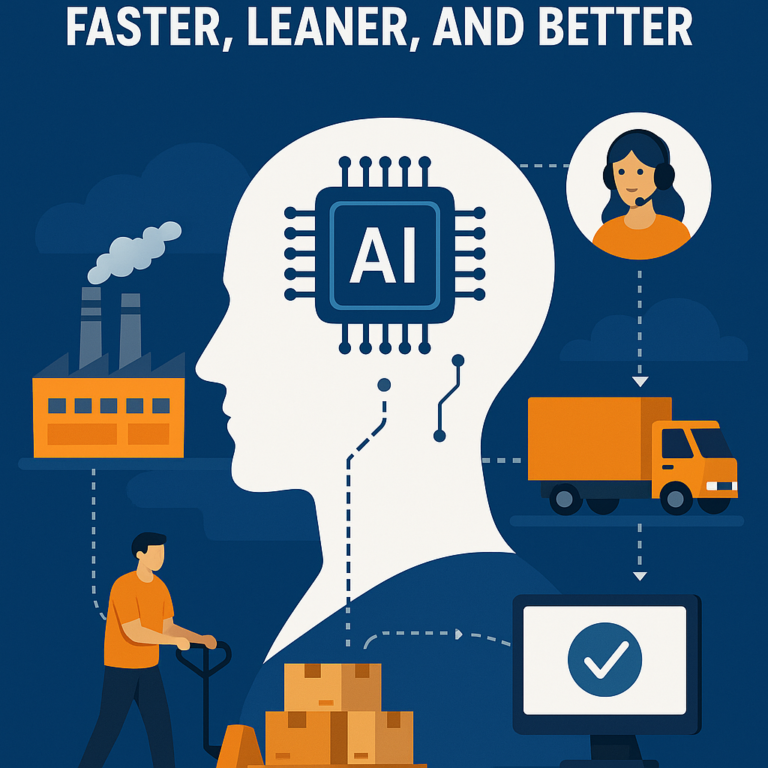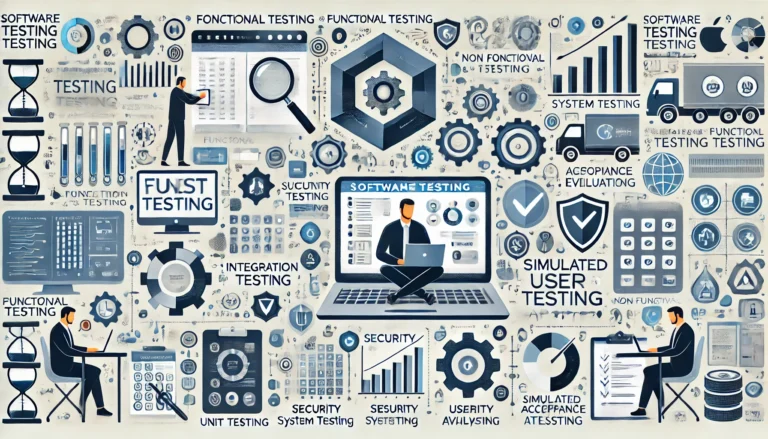In the realm of artificial intelligence, Large Language Models (LLMs) are making waves. They’re transforming how businesses operate, innovate, and compete.
But what exactly are LLMs?
In simple terms, they’re AI models that process and generate human-like text. They’re capable of understanding and producing language in a way that’s remarkably similar to humans.
This capability opens up a world of possibilities for enterprises. From automating customer service to enhancing content creation, LLMs are proving to be game-changers.
But how can your enterprise leverage these models for competitive advantage?
This article will guide you through the strategic benefits of integrating LLMs into your business operations. We’ll explore how they can be used for business growth, provide a competitive edge, and drive innovation.
Let’s dive in.
Understanding Large Language Models (LLMs)
Large Language Models are a subset of artificial intelligence focused on language tasks. They specialize in processing and generating text.
These models use advanced algorithms to analyze linguistic patterns. This enables them to understand, predict, and generate human-like text.
LLMs have evolved rapidly in recent years, becoming vital in various business applications. They are integral to industries aiming to improve communication and efficiency.
Here’s why LLMs are significant:
- They enhance natural language understanding.
- They automate complex text-based tasks.
- They generate high-quality written content.
With these features, LLMs are transforming the business landscape. Understanding their core functions is crucial for leveraging their full potential.
The Evolution and Capabilities of LLMs
Over the years, LLMs have evolved from simple text predictors to sophisticated language processors. They now support tasks such as translation and sentiment analysis.
The capabilities of LLMs extend beyond generating text. They can analyze language nuances, providing businesses with deeper insights into customer behavior.
This evolution makes them powerful tools for innovation and decision-making in modern enterprises. LLMs are now equipped to tackle complex language-related challenges efficiently.
Utilizing AI for Business Growth with LLMs
Enterprises are increasingly integrating LLMs into their strategies to drive growth. These models offer transformative potential across various business functions.
LLMs streamline operations by automating repetitive tasks. This allows human workers to focus on strategic activities that foster growth.
Businesses gain valuable insights by leveraging LLMs for data analysis. This helps in identifying trends, understanding market dynamics, and refining strategies.
Key benefits of LLMs in business growth include:
- Enhanced decision-making with data insights.
- Increased efficiency through automation.
- Improved customer engagement via personalized interactions.
By embracing LLMs, businesses can achieve significant competitive advantages, paving the way for innovation and expansion.
Large Language Models (LLM) in Business Operations
Integrating Large Language Models into business operations significantly enhances efficiency. These models streamline processes by automating routine tasks, thus allowing human workers to focus on high-impact activities.
LLMs facilitate seamless data management, from extraction to analysis. Their capability to process unstructured data turns complex information into useful insights.
A prominent use of LLMs in operations is automating back-office functions. By handling tasks such as document sorting and scheduling, they reduce administrative burdens.
Additionally, LLMs improve internal communication by generating concise summaries from long reports. They help teams access critical information quickly, fostering better collaboration.
Key areas where LLMs positively impact business operations include:
- Automating administrative tasks
- Enhancing data management and analysis
- Streamlining internal communications
Streamlining Integration of Workflow
Workflow integration with LLMs allows businesses to synchronize various operations effortlessly. These models act as a bridge between disparate systems, ensuring smooth data flow.
For instance, a logistics company integrated an LLM into its supply chain management. This improved inventory tracking and optimized logistics planning, resulting in cost savings.
Streamlining workflows through LLMs reduces process redundancies and enhances operational agility. Businesses can respond to changes rapidly, maintaining a competitive edge.
Customization for Industry-Specific Needs
Customization is key to maximizing the benefits of LLMs. Tailoring models to meet industry-specific needs yields significant competitive advantages.
In healthcare, LLMs are customized to analyze patient data. This enables personalized care and enhances health outcomes, improving patient satisfaction.
For manufacturers, LLMs analyze production data to optimize processes. By identifying inefficiencies, these models contribute to cost reduction and increased output.
Custom solutions ensure that LLMs provide insights that directly support industry goals, driving specific business success.
Achieve Competitive Advantage with Large Language Models
Large Language Models offer transformative potential for gaining a competitive edge. They empower businesses with advanced capabilities to outpace competitors in dynamic markets.
One primary advantage is their use in market analysis. LLMs evaluate customer feedback and market trends, enabling businesses to predict consumer behavior.
Through this analysis, businesses design products that align with customer expectations and preferences. It reduces the risk of launching unsuccessful products.
LLMs also enhance agility. They help companies quickly adapt to market shifts by providing timely insights, ensuring they remain ahead of trends.
The competitive benefits of LLMs include:
- Accurate market predictions
- Rapid adaptation to change
- Product development alignment with market demand
Best Practices and Ethical Considerations
As enterprises embrace Large Language Models, ethical considerations become paramount. Balancing innovation with responsibility is crucial in leveraging AI technologies effectively.
Adopting best practices ensures the ethical deployment of LLMs. Companies must commit to transparency, fairness, and accountability in AI applications.
A proactive approach involves regular audits and updates. This helps align AI practices with evolving ethical standards and regulatory requirements.
Conclusion
Integrating Large Language Models (LLMs) into business strategies can lead to significant long-term success. Their ability to automate tasks, enhance decision-making, and foster innovation is unparalleled.
To fully capitalize on LLMs, businesses must align these technologies with their strategic goals. This involves thoughtful planning and investment in training and infrastructure.
Continuous adaptation and monitoring are essential. By doing so, enterprises can ensure that LLMs drive sustainable growth and maintain a competitive edge in an ever-evolving market landscape.














